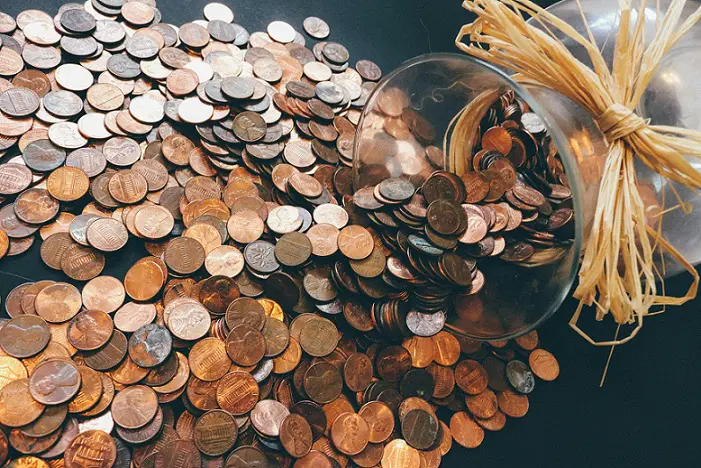
In Change, U.S. to Stop Making Cents
The penny has long been a quiet fixture in American life—a copper sparkle caught between couch cushions, a lucky find on the sidewalk, the face of Lady Liberty originally, and later Abraham Lincoln, passed from one hand to another for over two centuries. Earlier this year, the U.S. Treasury announced the penny’s time is coming to an end. By early 2026, no new one-cent coins will enter circulation, effectively retiring the coin that has inhabited our culture since 1793.
The rationale is practical, even if the emotional response is not. It now costs nearly four cents to manufacture a single penny. This expense has led to millions in annual losses for the government and spurred bipartisan efforts to eliminate a coin many barely use anymore.
But while the move promises savings, it marks the end of an era for Americans who grew up pinching, collecting, and exchanging our smallest form of currency. For older generations especially, pennies are attached to memories like a first lesson in saving, a wish at a fountain, or a fistful of penny candy.
It’s easy to recall a multitude of culturally shared sayings related to the modest penny. Here’s what I came up with:
“A penny for your thoughts” – Asking someone to share what they’re thinking.
“In for a penny, in for a pound” – You’re committed, you might as well go all the way.
“A penny saved is a penny earned” – Saving money is as valuable as earning it.
“Cost a pretty penny” – Something expensive.
“Penny wise and pound foolish” – Careful with small amounts but wasteful with larger ones.
“Pennies from heaven” – Unexpected blessings.
“Shiny as a new penny” – Brand new in appearance.
Still, the penny’s relevance has steadily waned in the current age. At its birth, it was worth about 33 cents in today’s dollars. It’s hard to think of anything a penny can purchase today. Adding to that, fewer than one in five transactions today use cash, and most new pennies gather dust in jars or car cup holders rather than circulating actively. The rise of digital payments and “rounding up” has made these coins functionally obsolete for many Americans, and countries like Canada and Australia retired their smallest coins years ago.
But the end of the penny isn’t just about economics – it’s a cultural farewell. As the coin slips quietly out of production, Americans lose a tiny but tangible link to their shared history. For now, the 114 billion pennies in circulation will remain legal tender, lingering in tip jars and piggy banks, a fading trace of the millions of everyday moments they once helped shape.
When the last penny rolls off the high-pressure presses of the U.S. Mint, it will mark not just a shift in currency policy, but the end of a persistent bit of Americana. The penny will live on only as a historical symbol of thrift, luck, and two centuries of shared cultural memory.
Jeff Buck
